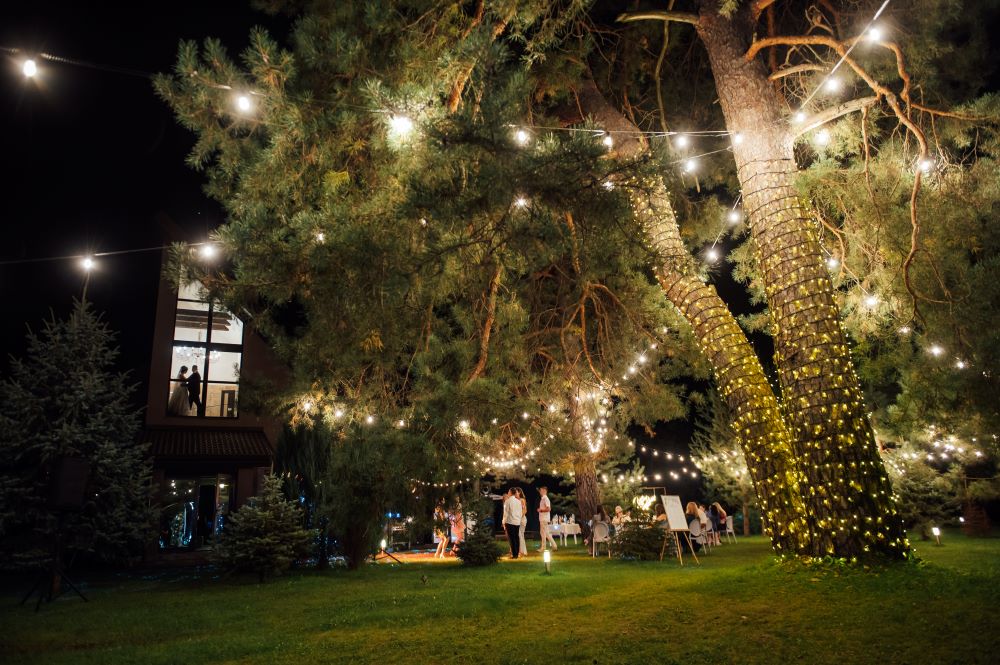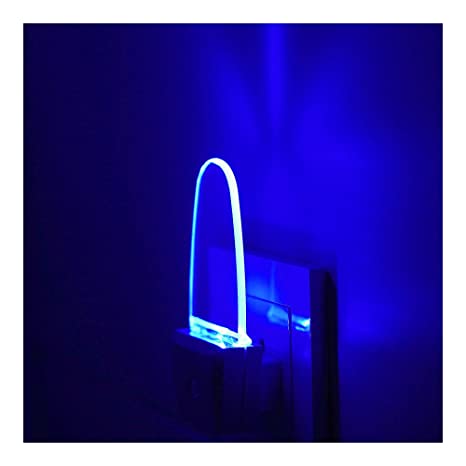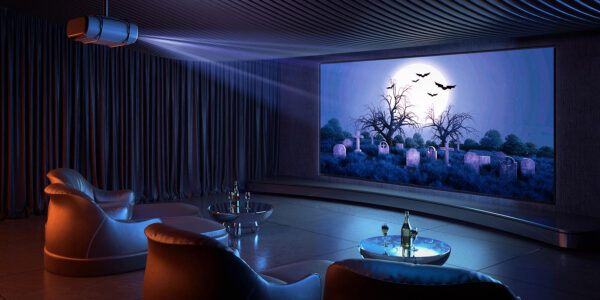LED lighting is rapidly becoming the illumination system of choice for most residential, commercial, and industrial applications. This is particularly true for outdoor lighting where LED’s create safer and better-lit environments with improved efficiency and reduced light pollution. As incandescent and other less efficient lighting methods are being phased out with under new federal regulations and international standards, the pace of adoption of LED lighting for outdoor applications will continue to accelerate.
Outdoor safety improves with brighter, more natural lighting and fewer dark areas. New LED fixtures are available with customizable diffusers and housings to shed light from narrow pathways to large areas, and in every configuration in-between. LED’s can also be color-tuned and temperature-adjusted to match natural daylight conditions, which provide the best illumination to see details and contours of an outdoor area. In outdoor industrial or commercial applications, the breadth of LED lighting eliminates dark or poorly-lit areas that lend themselves to accidents and injuries. Unlike metal halide or high-pressure sodium fixtures that require a warmup period before coming to full illumination, LED’s turn on and off almost instantaneously. With advanced control and sensing units, outdoor LED lights can be programmed to turn on with motion sensors that also signal the presence of individuals or activity in an outdoor area.
LED lighting also offers unparalleled efficiency improvements. Next generation LED’s with advanced control technology can generate the same or better illumination as traditional fixtures with 50% less energy consumption. Individuals and business that install new LED systems or that retrofit their existing outdoor lighting with LED’s will typically recover the full cost of the installation and retrofit through reduced energy costs within twelve to eighteen months after completing the transition. New LED lights also have longer lifespans than traditional lighting. Even in outdoor environments with temperature and precipitation extremes, LED lights will outlast other forms of lighting.
From an eco-friendly perspective, LED fixtures and components include no hazardous materials that require special handling or disposal when the fixtures do come to the ends of their useful lives. As cities and municipalities impose restrictions on both businesses and individuals in an attempt to reduce outdoor light pollution, LED’s are also the best and most eco-friendly choice. Light pollution problems occur when light spills over from its intended area and into neighboring houses or lots. This can disrupt natural wildlife patterns and reduce property values where too much light might change the atmosphere of a town or neighborhood. The superior directionality of LED lighting and the ability to control that lighting with dimmers and motion and proximity sensors substantially reduce light pollution concerns.
Going beyond safety and efficiency, outdoor lighting designers have begun to use LED’s to better highlight ornamental features on outdoor buildings and structures and for other purely aesthetic purposes. Color-tunable LED’s will not distort colors or textures in the same manner as traditional outdoor lighting, but will instead bring out fine detail that is otherwise lost during nighttime hours and when nature light is lacking.







